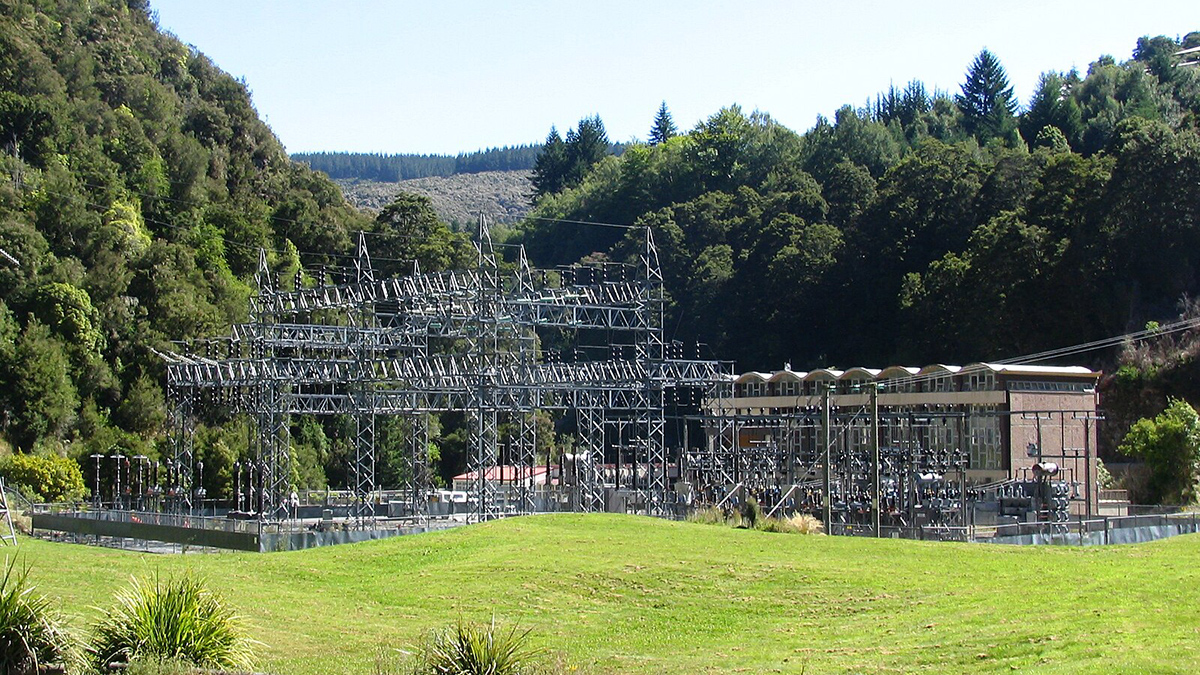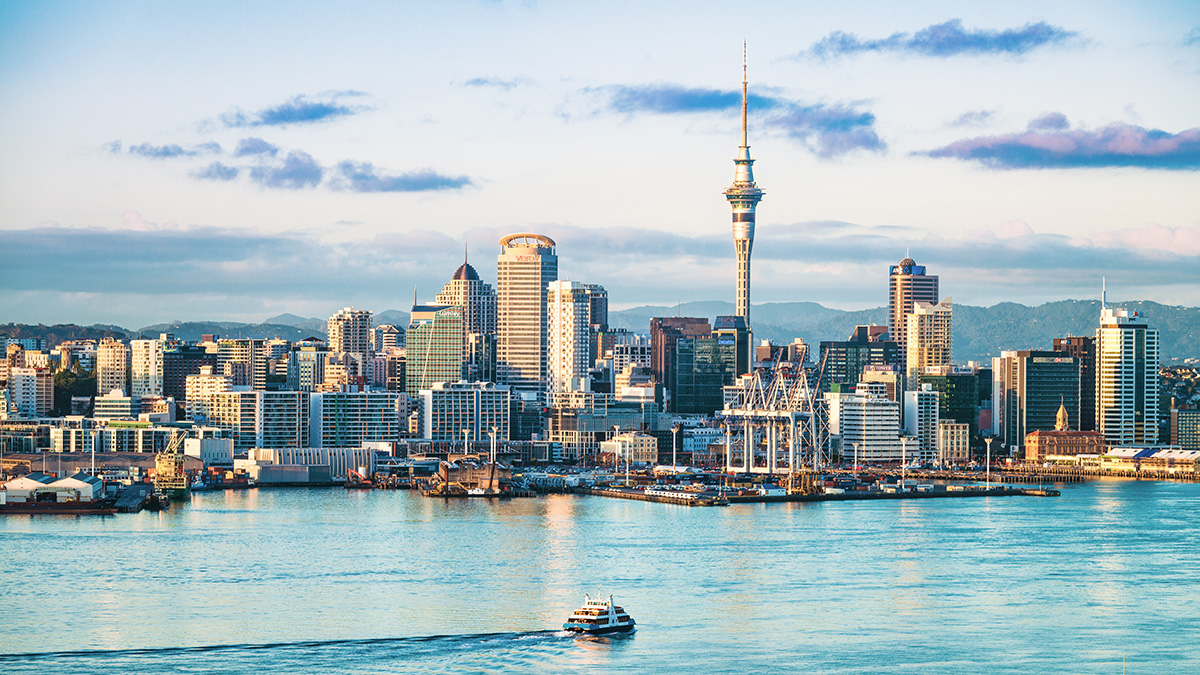A new paper explores ways to mitigate the impact of geomagnetically induced currents on the New Zealand power grid.
New Zealand
Buller Gorge: a coal train hits a landslide in New Zealand
The Landslide Blog is written by Dave Petley, who is widely recognized as a world leader in the study and management of landslides. There seems to be little respite to the high incidence of rainfall-induced landslides around the world at the moment. New Zealand is being particularly badly affected as repeated intense precipitation events over […]
Cyclone Gabrielle in New Zealand triggered 140,000 landslides
The Landslide Blog is written by Dave Petley, who is widely recognized as a world leader in the study and management of landslides. Back in February 2023 I highlighted the large numbers of landslides, and their impacts, associated with the passage of Cyclone Gabrielle in North Island of New Zealand. One landslide, at Manukau Heads, […]
The safety of fire and rescue personnel after landslides
Keeping fire and rescue personnel safe from landslides.
Forecasting Earthquake-Induced Floods
Surface-rupturing earthquakes can abruptly reroute rivers when fault scarps function like dams. Researchers have now successfully modeled such an event that occurred in New Zealand.
In New Zealand, Fish Are Helping Scientists Find Gold
Enormous amounts of gold lie buried beneath the rubble of New Zealand’s mountains, and scientists are using freshwater fish genetics to find it.
What Electrons Can Tell Us About the Speed of Sand
A new sediment tracer uses the interactions between radiation, charge, and the Sun to uncover the hidden transport histories of sand grains.
Even at the Bottom of the World, the Ocean Is Belching Plastic
Plastic fills the air above Auckland, New Zealand.
New Tectonic Plate Model Could Improve Earthquake Risk Assessment
A new model of tectonic plates in New Zealand may identify areas of increased earthquake likelihood.










